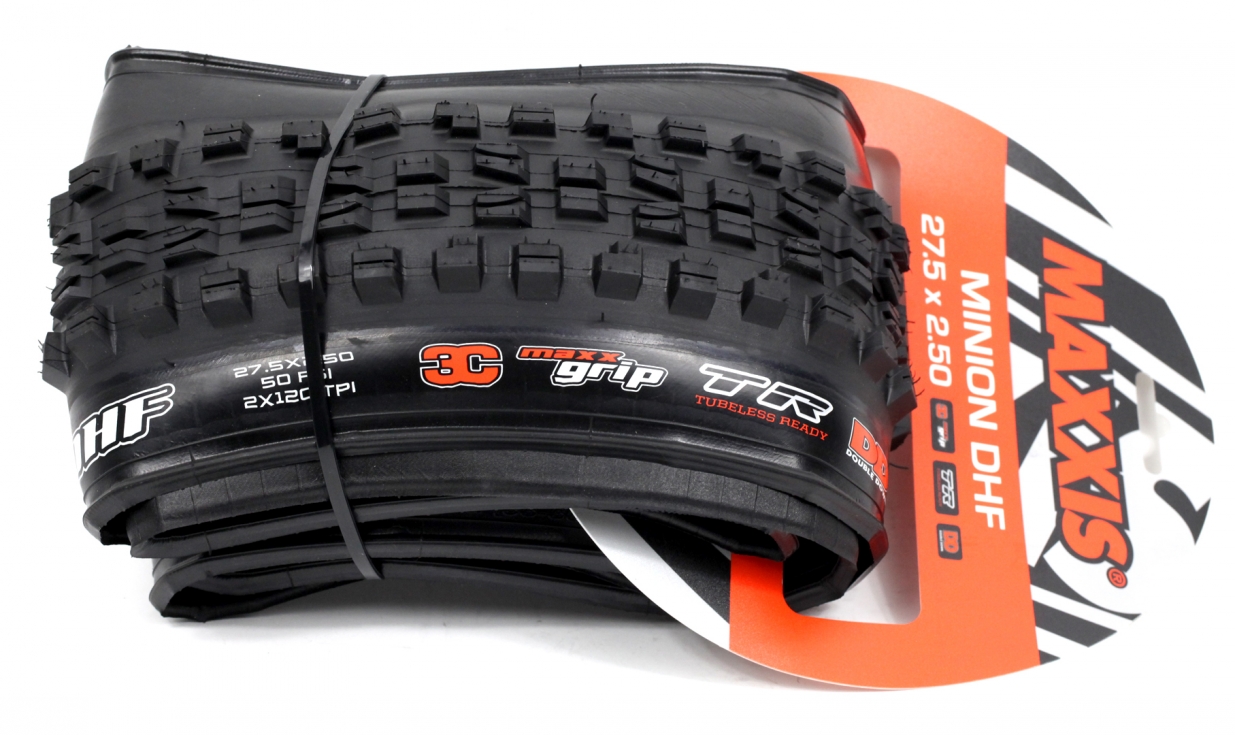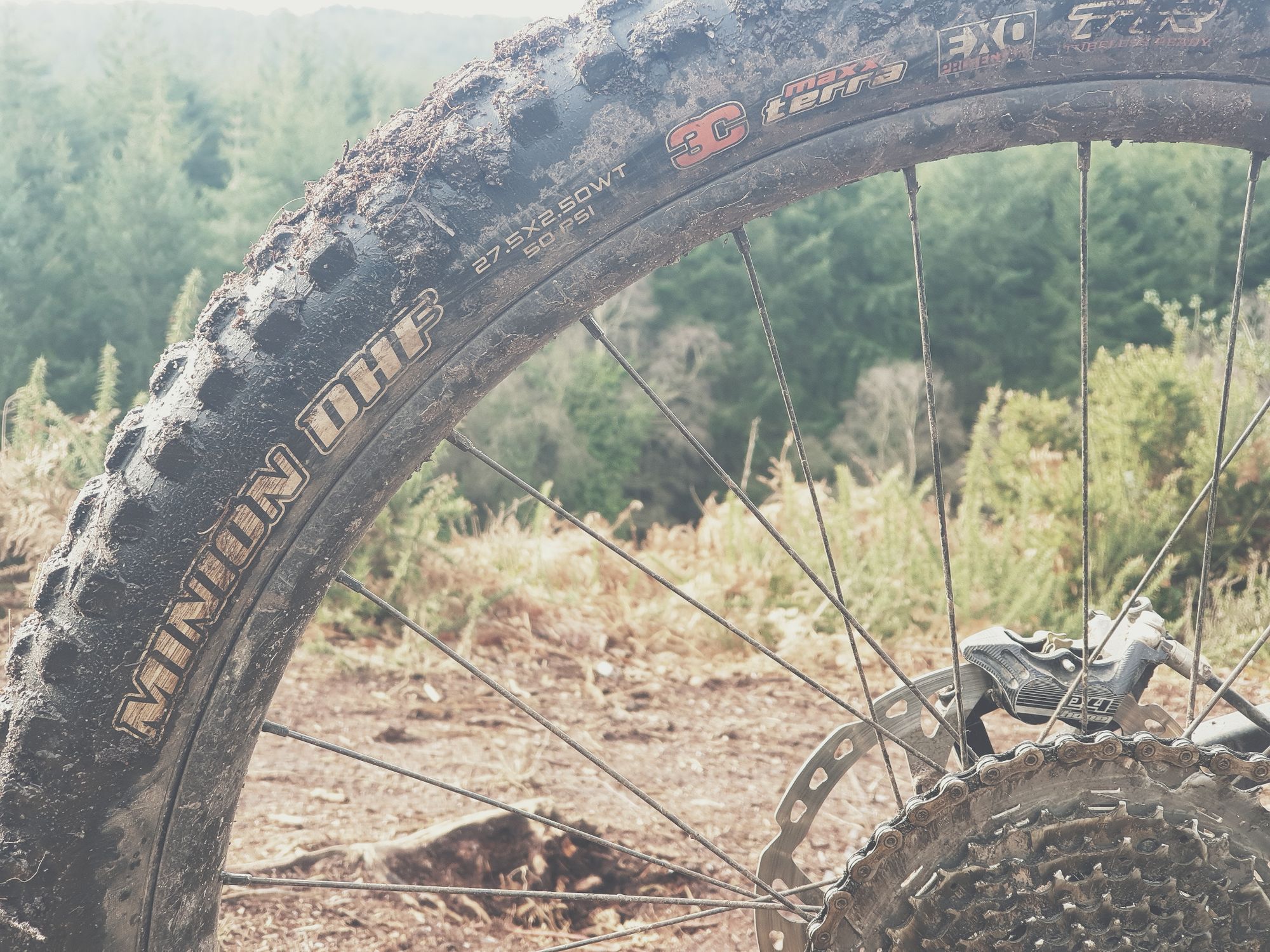

The DHF is noticeably faster rolling than Maxxis' rather sluggish Highroller II, a tire that is spec'd on many of the bikes we've reviewed this season. The DHF's overall rolling speed isn't going to land you on the podium at a cross-country race, but it is reasonably quick for how much traction the tire provides.
#Maxxis dhf 27.5 2.5 full#
Siped center knobs help maintain traction during heavy braking on the steepest trails, trails full of sections where there's a fine line between skidding out of control into the forest, or staying on track and successfully navigating through the loose soil. The cornering bite is excellent, and once the bike is leaned far enough over to allow the alternating rectangular and L shaped side knobs to dig into the ground, the tire locks in without any squirming or sliding. We've spent countless hours on various iterations of this tire over the years, and from the first turn we were reminded of why the DHF's tread pattern has remained a popular choice for so long. The tires mounted without trouble, and we were able to get them sealed and seated with only a floor pump - no air compressor or cursing necessary. In the past, Maxxis' tires have been notorious for measuring narrower than expected, but our test set came in at 2.27", just a hair less than the claimed 2.3" width. Recommended air pressure: 2.5 to 3.We ran our pair of test DHFs set up tubeless on a pair of Stan's Flow EX rims, which have an internal width of 25.5mm.E-bike compatibility: yes, up to 25 km/h.Version: Wide Trail Casing (WT), DoubleDown, Tubeless Ready (TR).3C MaxxGrip provides the ultimate in grip and cushioning for an unmatched descent. Our well-known 3C downhill combination, which many of the best downhillers have relied on for years, is now called 3C MaxxGrip. Due to the two 120 TPI (instead of 60 TPI) casing layers and the aramid bead, they are significantly lighter than downhill tires, significantly more stable and robust than TR + EXO tires and therefore ideal for tough enduro rides. Tubeless mounting of other models is at your own risk.ĭoubledown tires are built like Maxxis downhill tires: two reinforced casing plies with a butyl insert in the sidewall. Officially released for tubeless mounting and guaranteed by MAXXIS, it's just the new MAXXIS TR models. As a result, the tube assembly is successful on all tires with standard dimensions already at first inflation and with little fluid.Įven "normal" MAXXIS MTB tires can be mounted like other tubeless tires with sealant, since the carcass fabrics are very dense. The bead of our TR tire is like a real UST tube block completely covered with a layer of rubber. MAXXIS TR tires are better prepared for installation with seal milk than other "Tubeless Ready" tires. And where there is no tube, the risk of decay also decreases. This provides better traction and reduces rolling resistance. TR tires have many advantages: you can drive with less air pressure. WT tires are optimized for a 35mm inner rim width, but work perfectly on all rims with an inner dimension between 30 and 40mm.

Traditional tires are developed for narrow rims and have boxy wheels that are too angular in shape and therefore not exactly optimal performance. This special casing design optimizes the profile design and shape of the tires on today's wider rims.


 0 kommentar(er)
0 kommentar(er)
